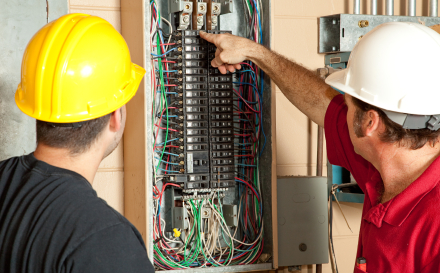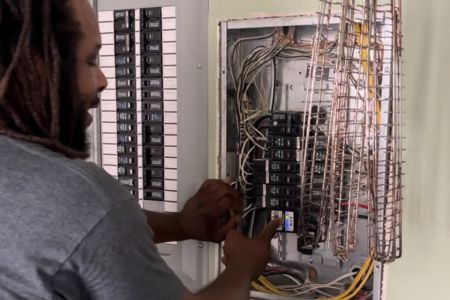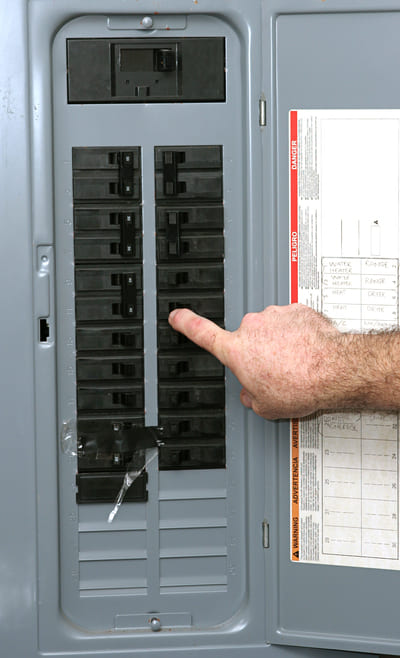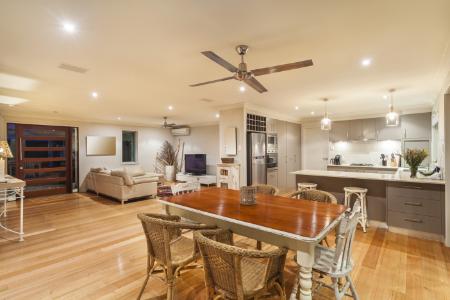Top Reasons to Schedule an Electrical Upgrade in Dagsboro, DE
If your lights flicker during summer AC peaks or breakers trip when the microwave and dryer run together, your home may be ready for an electrical upgrade in Dagsboro, DE. Many older beach cottages and year-round homes now power EV chargers, hot tubs, and home offices. […]









